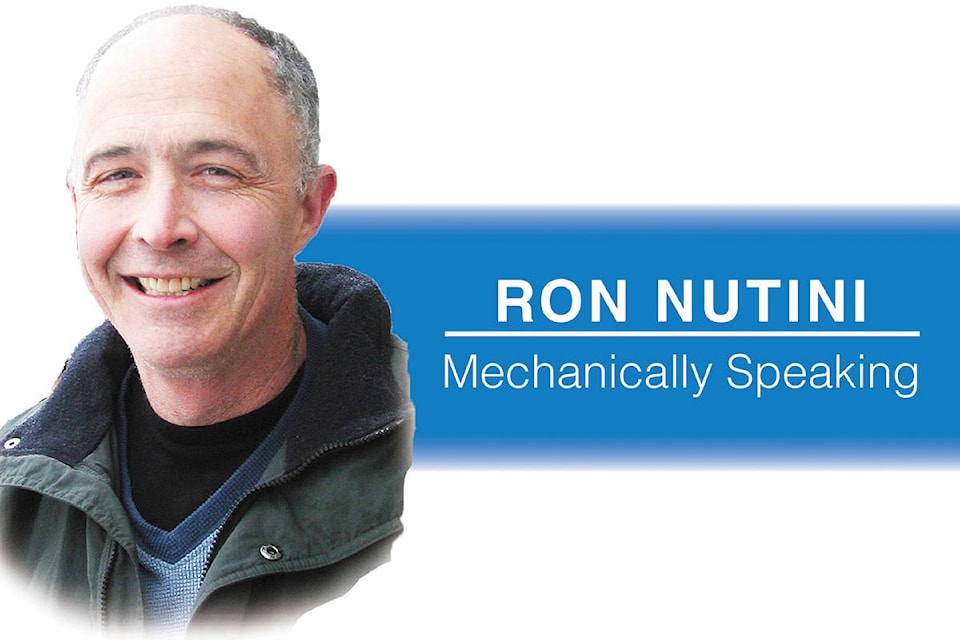When working as an auto mechanic there are many instances where, when repairing and or replacing components, the part you need to remove does not respond to so called normal replacement procedures. In layman’s terms it is “stuck!”
Faced with this situation, the expletives your mechanic might use to describe the situation are a little harsher.
Generally, the situation is that the tool and or procedure that was designated to do a job will not do it. The environment and running conditions that your automobile is subject to is harsh. Hot and cold. Wet and salty. Combustion and its byproducts.
Metals rust. Plastics get brittle. Glues fail. These are scientific facts.
The most common stuck parts on the typical automobile are in the areas of the vehicle subjected to salt and water and constant heating and cooling. Yes, typically under the vehicle or in the front.
If the value of something stuck is small enough it may be simpler and more cost effective to break the part to remove it and simply replace the whole thing. Brake lines are like that. Exhaust system parts are another area where removal without destruction can be next to impossible. The nuts and bolts that hold things together many times suffer the ravages of corrosion so that removal can be a challenge. Apply enough heat and rust melts so parts can be removed. But there are a lot of areas on a vehicle where heat would destroy too many expensive parts in the vicinity.
All this “stuck” talk comes from a recent challenge I have been faced with. Modern diesel engines are elaborate beasts. The stuck fuel injector has been my challenge.
That diesel fuel injector they installed at the factory when your vehicle was built fit precisely as it should and was secured exactly how the engineer designed it. The vision of its removal simplicity itself. Remove the bolt holding a fork like piece that locks the injector in the correct position deep within the cylinder head with just enough force to seal the injector into the combustion chamber with a copper washer. The injector just slides out with a slight twist.
The weak link here is the copper washer seal. After many cycles of heating and cooling the combustion gases start to leak past the copper seal. These combustion gases start to form a black glue like substance that fills in the space between the fuel injector and area it fits into. That injector is now glued to the hole it once easily slid into.
The engineer did not envision its removal. Thankfully some other tool manufacturers worked on a solution. Getting that tool (found one in stock in Europe) and then pulling the injectors out with it and cleaning up that sticky mess has tested my patience.
Trail’s Ron Nutini is a licensed automotive technician and graduate of mechanical engineering from UBC. E-mail: nutechauto@telus.net
